|
Garden centers are bringing in pallets of soil and compost, setting up seed racks with brightly colored veggies and colorful flower packets; all while our fruit trees lie dormant outside, restoring themselves so they will be ready to burst into spring once Mother Nature turns the thermometer up. The exciting, anticipatory energy reminds me of being a kid on Christmas Eve. Note: This fig tree produced nearly 10,000 figs last year! Get inspired and hear more about this trees story in this youtube video.It is during these grey-skied, cold, darker months, that we have the perfect opportunity to dream and plan for a bountiful garden later this year. Let's take a look at some ideas on how to do this, shall we? 1. First, we need to decide where we want this garden-a planter on an apartment terrace, a section of the backyard or maybe as part of a community garden we would like to join. 2. For those who are novices, it is important to identify the amount of light we have to grow a garden and what growing zone we are in. Knowing our growing zone will allow us to identify plants that best grow where we live. It also helps to identify a watering source. Keeping your garden near water, whether it is from a hose, watering can or water barrel, will make it easier to nurture your garden on hot days. 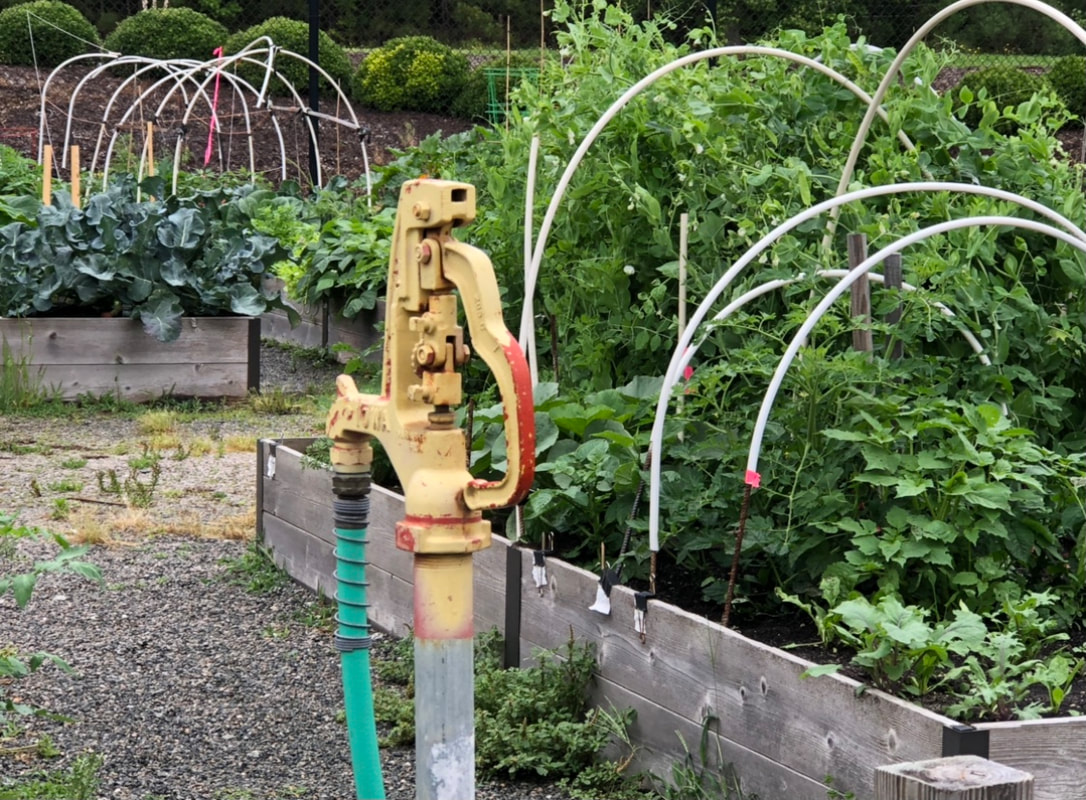 3. Start dreaming. What would you most enjoy growing this year? Would you love to grow flowers that you can cut and create floral arrangements with? Or, would you prefer to grow a variety of herbs to add to culinary delightful meals or to make teas with? Perhaps growing some of your own food is on your list; juicy, sweet tomatoes picked right from the vine, snap peas that crunch in your mouth, or maybe a variety of leafy greens to create healthy salads with? The possibilities are endless! 4. Identify the supplies you will need. Do you need something to plant in, or wood to make a raised bed? Gloves, shovels, and maybe a garden apron or old, comfy shirt you don't mind getting dirty. Soil, compost and mulch are on many gardeners’ lists.
5. Create a garden journal. This can be as simple as a notebook or maybe you want to purchase a pretty, flower-covered journal, to write down your ideas, wish list, and eventually jot down what you plant and where. I found this last tip helpful, as I tend to get exuberant with seed planting, but then forget what I planted, where, LOL. No matter how seasoned a gardener you are, even those with brown thumbs, we all can grow something. In fact, we created a year-long series of plant growing tips, information and resources, in partnership with The Nurse Farmer™, LLC, to help everyone discover the joy of plant growing and help them do it successfully. It's free, check it out: Healthy Green Thumbs™. What are you excited to grow this year? Do you have questions? We would love to try and help you. Let us know in the comments below.
2 Comments
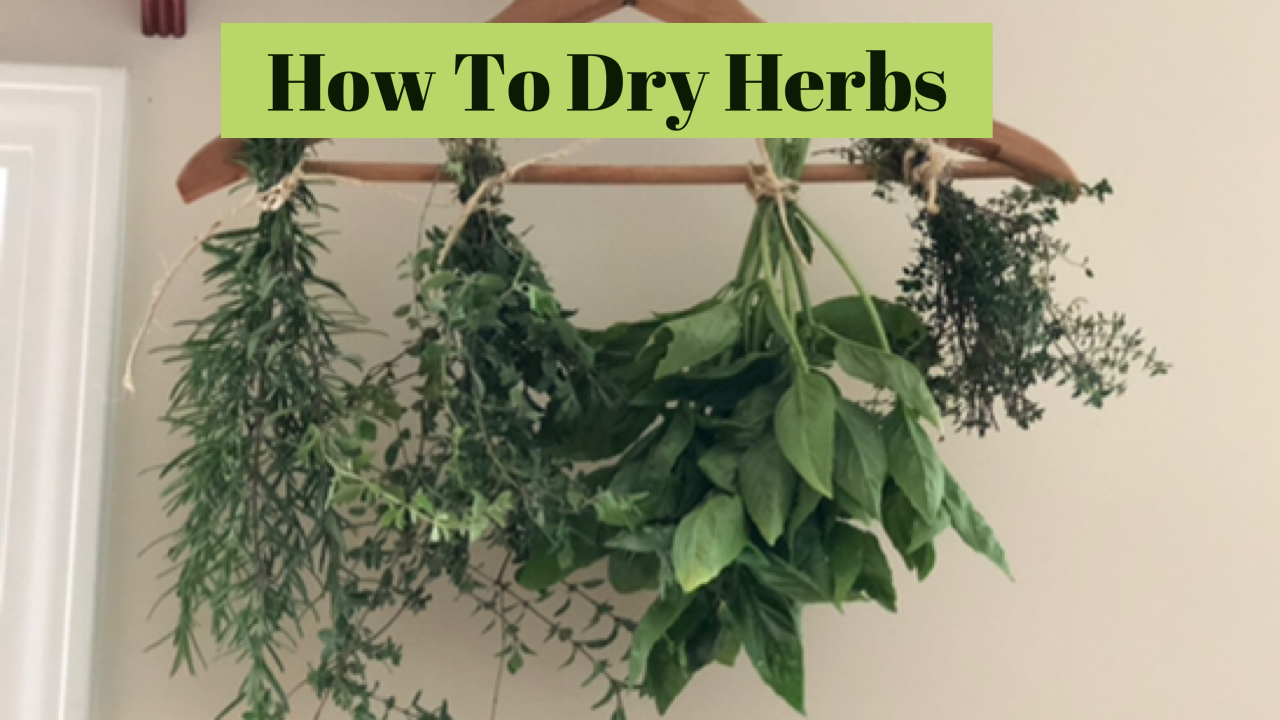 Harvesting herbs that we have tenderly nurtured all season can be a wonderful way to experience the joy of nature. Most of us don't have the time, or space, to have a full-fledge farm. But, many of us grow herbs in containers, on windowsills, or in a small plot in our backyard. The process of cutting them, drying them and crumpling them into pieces allows their fragrance to erupt. Inhaling their aromas is a joy just unto itself. Anticipating the addition of these delicacies to warm, comforting recipes this fall and winter can make ones mouth start to water. Not sure how to dry your herbs? Take a look at this short how-to-video we created just for you: Bon Appetite!
Want to learn more about how to experience the joy of nature? Enroll now in our new online course! Learn more Air plants are a great option for people living in small spaces because they don't use soil and require little care. There are many varieties. Many people collect them. Let's take a look at what care they need:
Light: Their preferred light is bright, filtered sunlight. Direct sunlight may burn your air plants. Water: The more light they receive, the more water they will need. So if you have them close to a light source, you may need to water them twice a week, otherwise, once a week will probably be fine. You can either soak them in water for a few minutes, then allow to dry thoroughly; or mist them with a spray bottle. Do not allow them to sit in water. Other tips: When they grow in the outdoors, they will attach themselves to other plants. They prefer temperatures between 60-90 degrees. They thrive when there is ventilated air. There are a lot of creative ways to display air plants. Maybe do a search on pinterest for more inspiration! Learn more about growing food and other plants in small spaces in our special issue of Healthy Green Thumbs: Link. The choice to grow from seed, versus buying a plant already started, brings with it some particular attributes. Let's take a look at these, shall we?
First: As we discussed in the second episode of the Healthy Green Thumbs™ campaign, growing from seed allows for a much greater choice in variety of plants. Take lettuce for example-arugula, butter lettuce, iceberg, and romaine are just some of the varieties we can choose from. Second: Will it grow? There is something thrilling about the anticipation of seeing if a seed that has been planted will actually grow. Ask any seasoned plant grower, and they will tell you that they still find it exhilarating when they go to visit their garden and notice that the seeds that they planted are actually sprouting! Couple that with the joy of then watching it grow and bloom into a flower, or produce a red, juicy tomato, become a tad tree that produces much needed shade on a hot summer day. Third: Knowing we are connected to something much greater. We may prepare the soil, plant the seed, and water it, but experiencing a seed transform into a magnificent plant is a humbling reminder that there is a much greater power supporting all living things. Research shows that those connected with nature, something called nature connectedness, are happier. What are your thoughts? Do you grow plants from seed? Please share your thoughts in the comments below. Learn more about how growing plants can help your health and wellbeing by subscribing to our free, biweekly Healthy Green Thumbs™ e-newsletter: Learn more. |
Ready to sleep better, feel lighter, and feel more joy?
Download my latest ebook now: Archives
February 2024
Categories
All
Follow me:
|
|
© COPYRIGHT 2015-2023. ALL RIGHTS RESERVED.
|
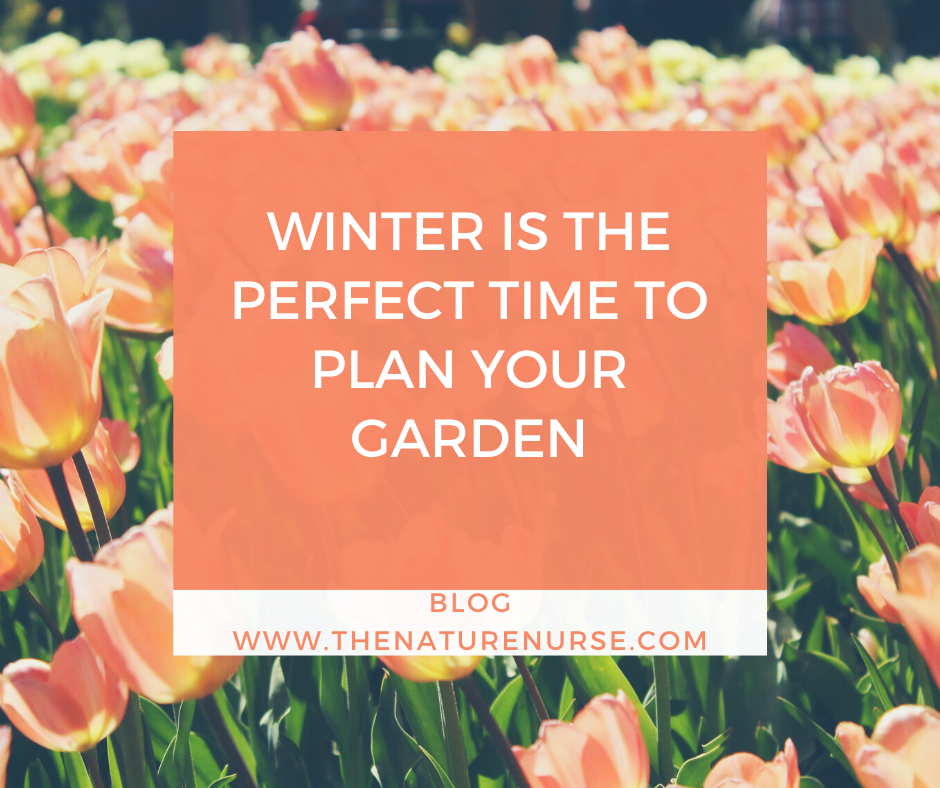
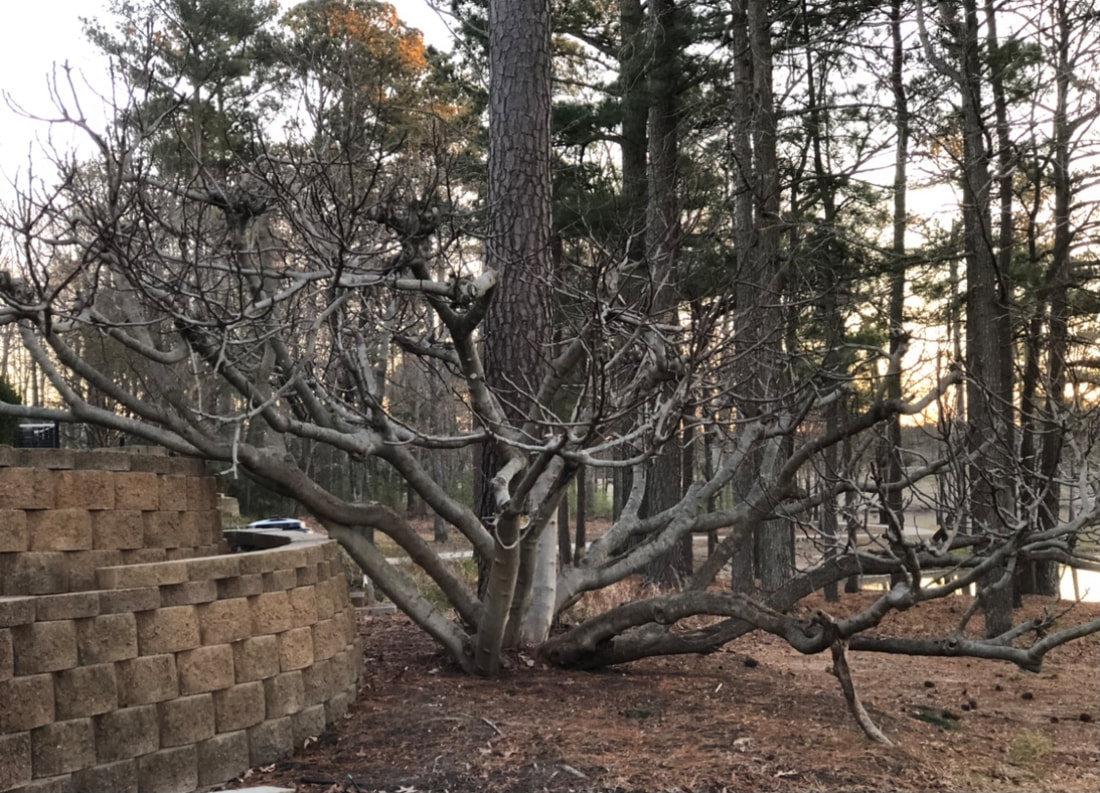
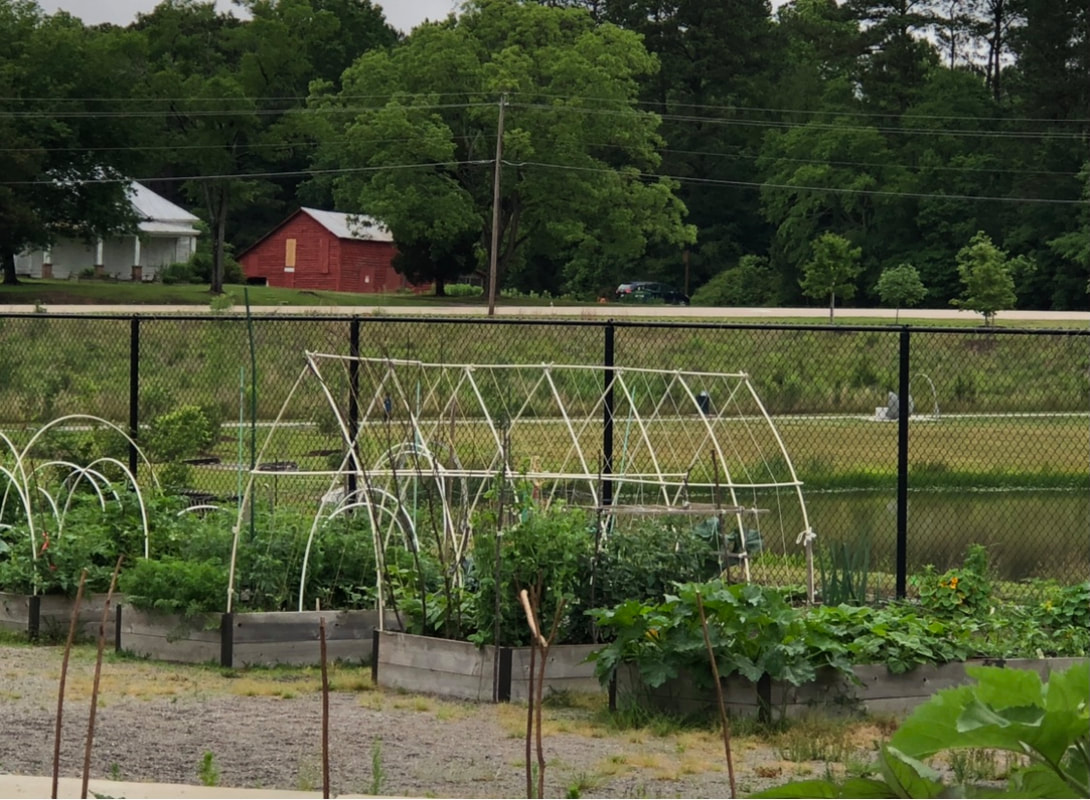
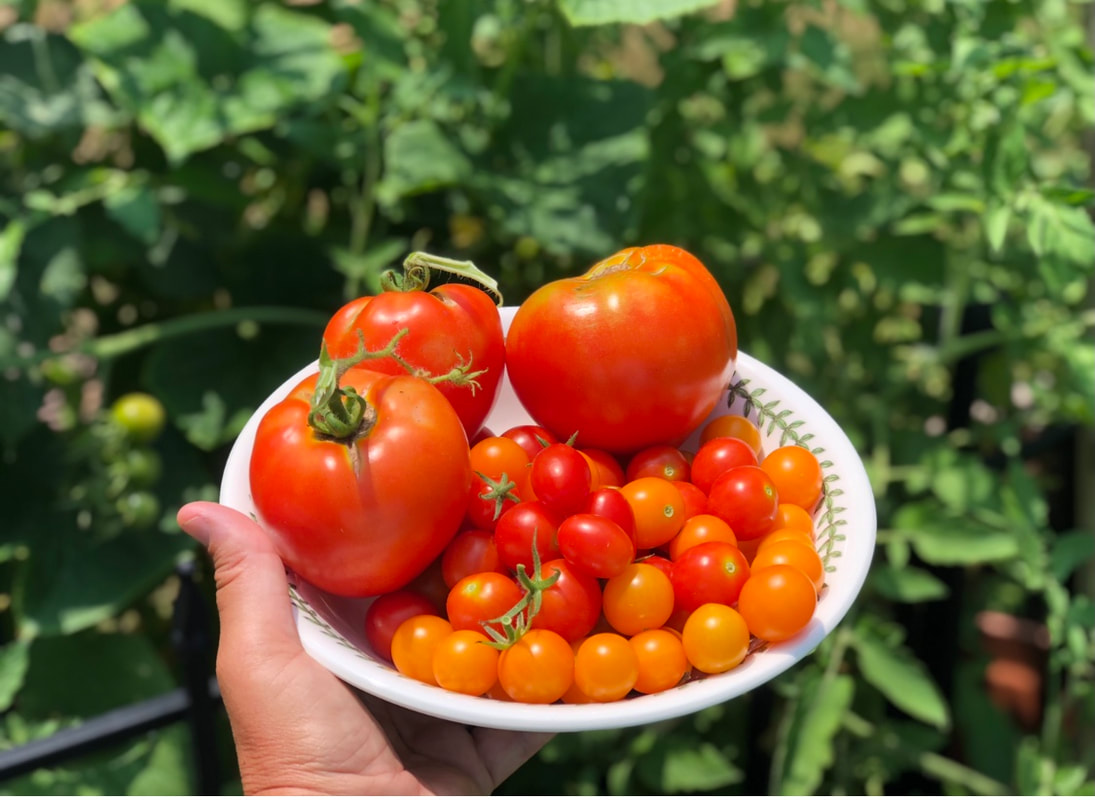

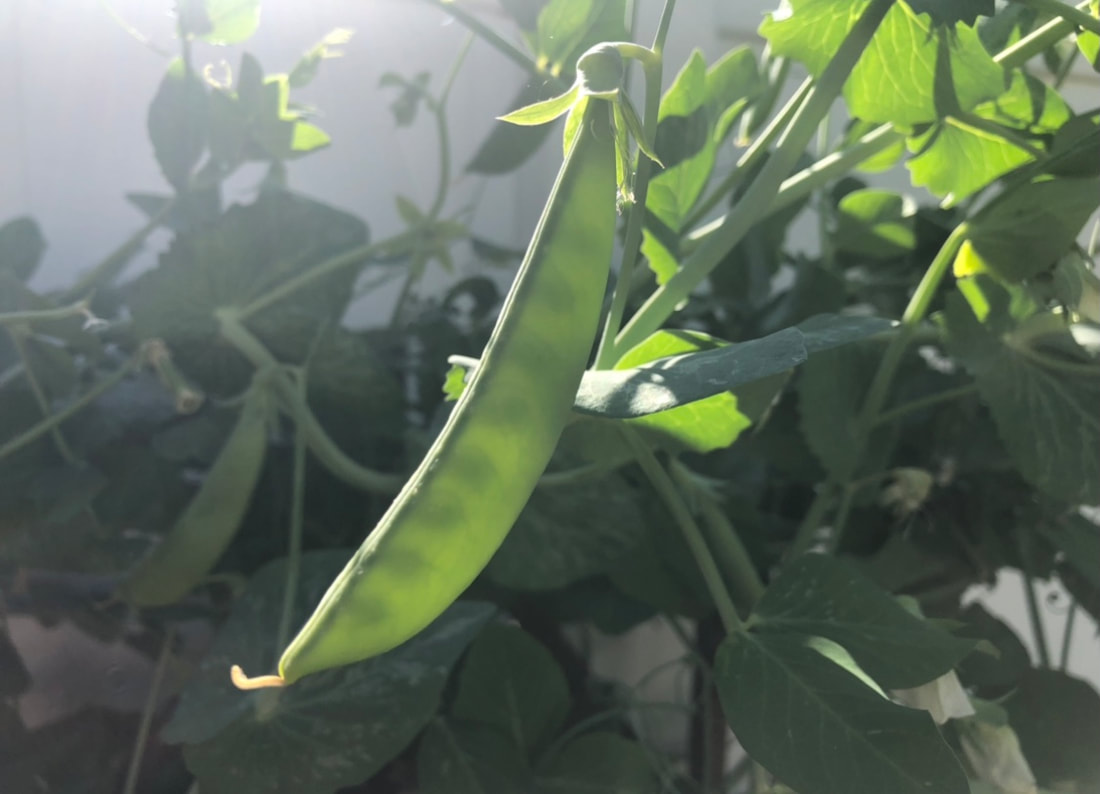
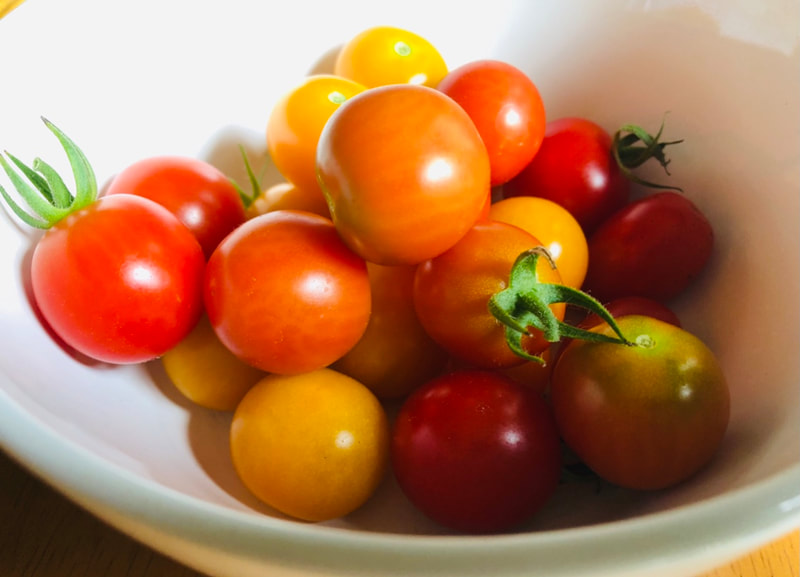
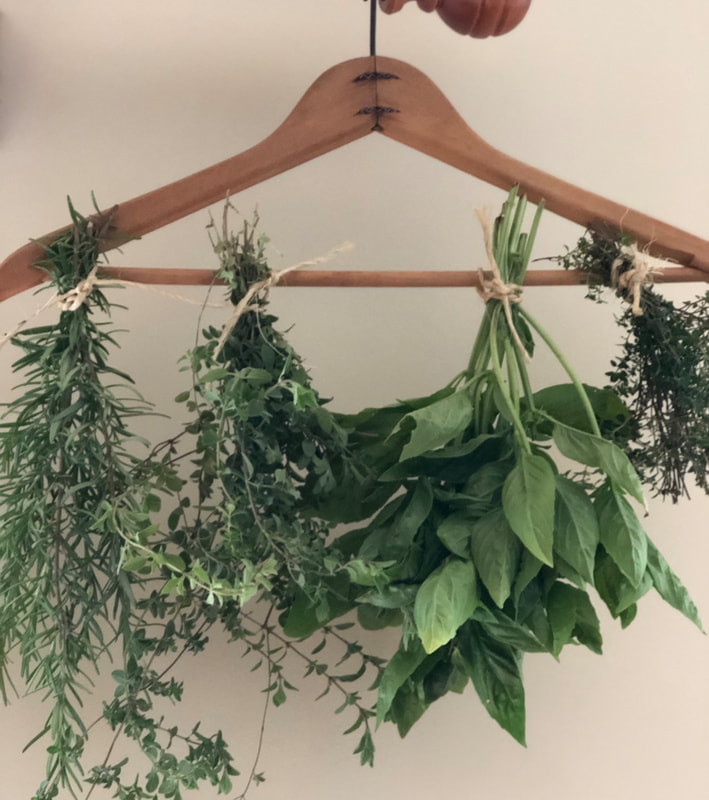
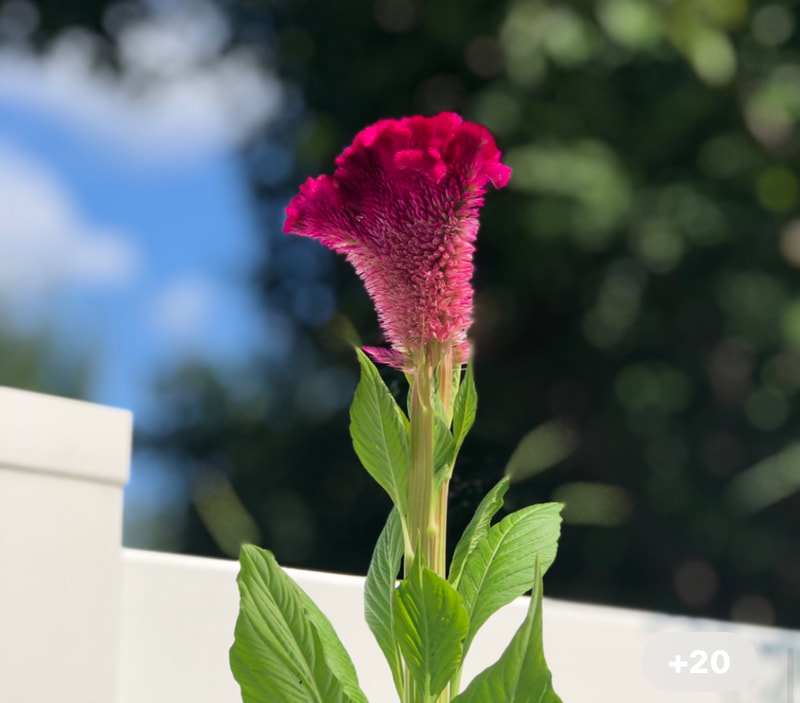


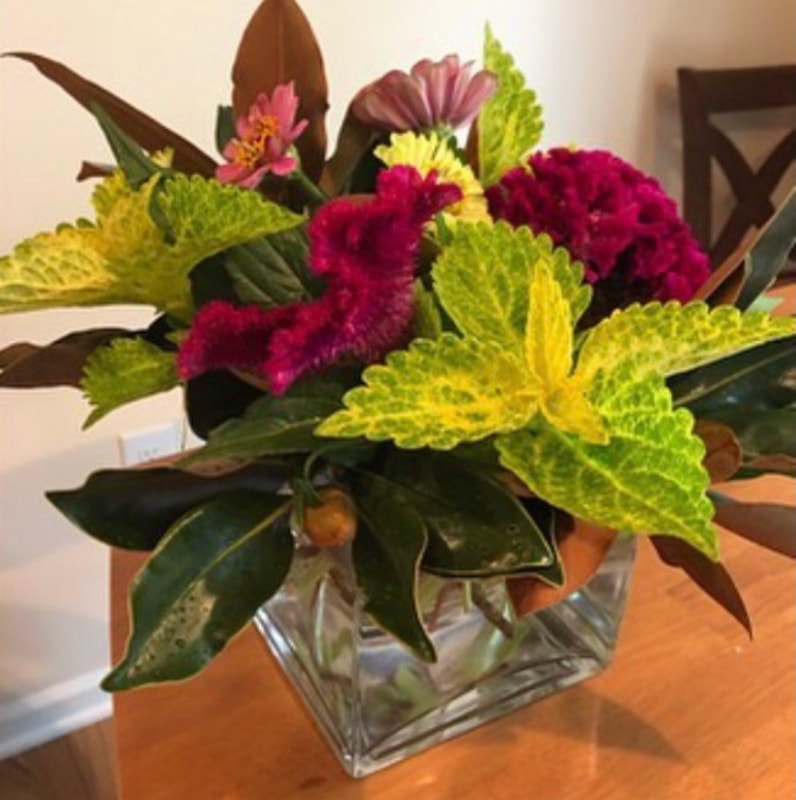
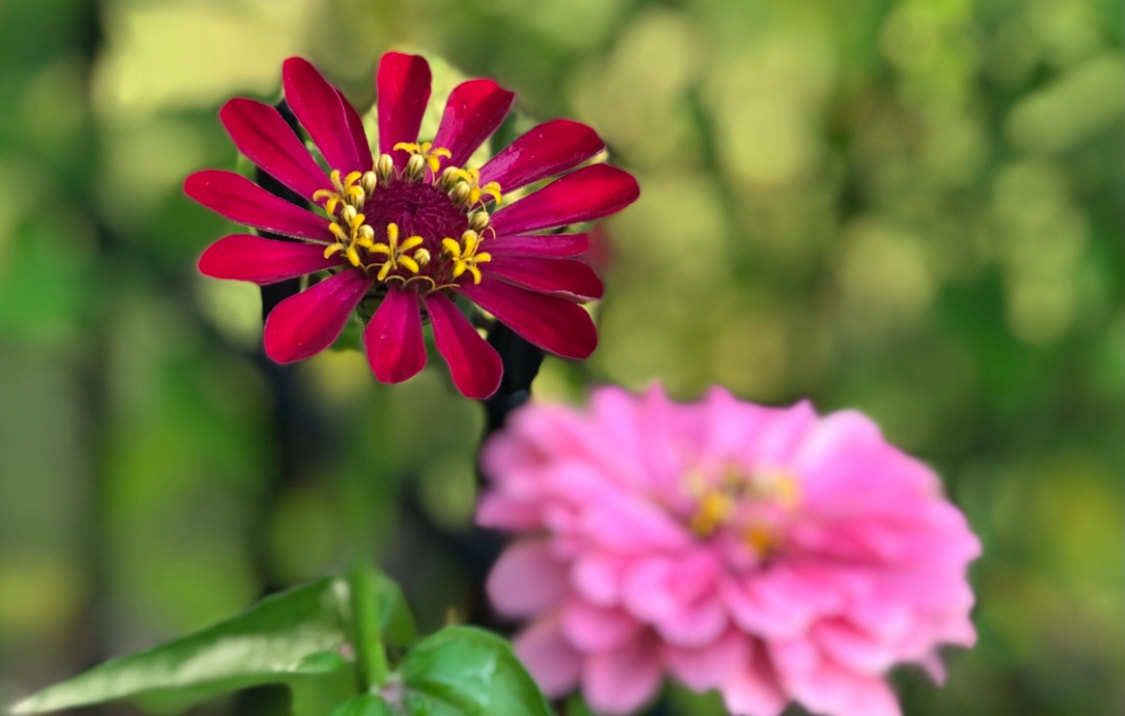
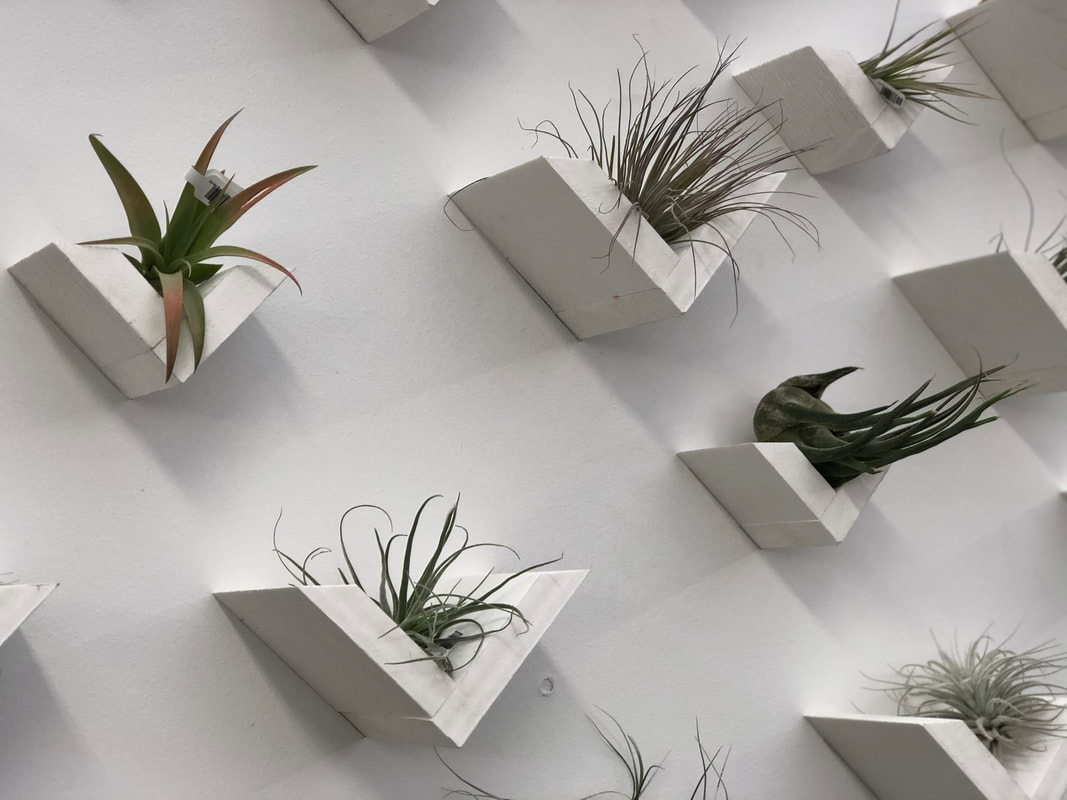
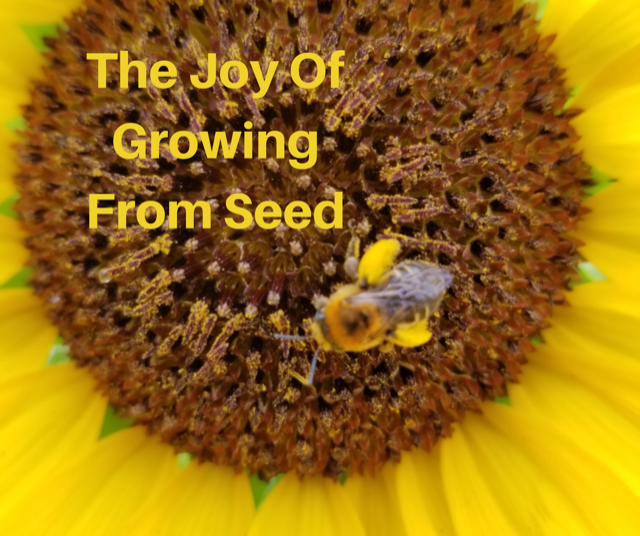

 RSS Feed
RSS Feed